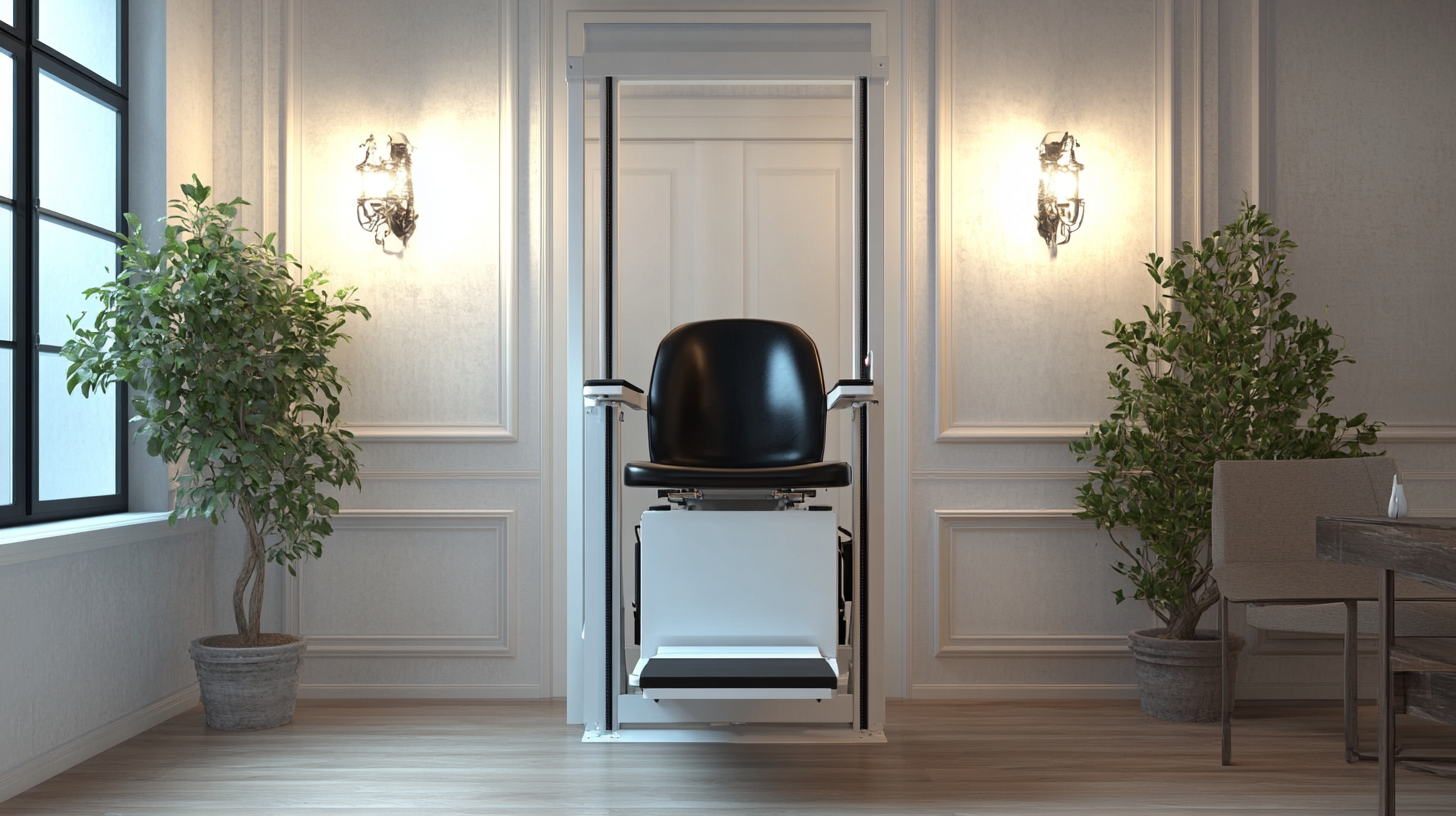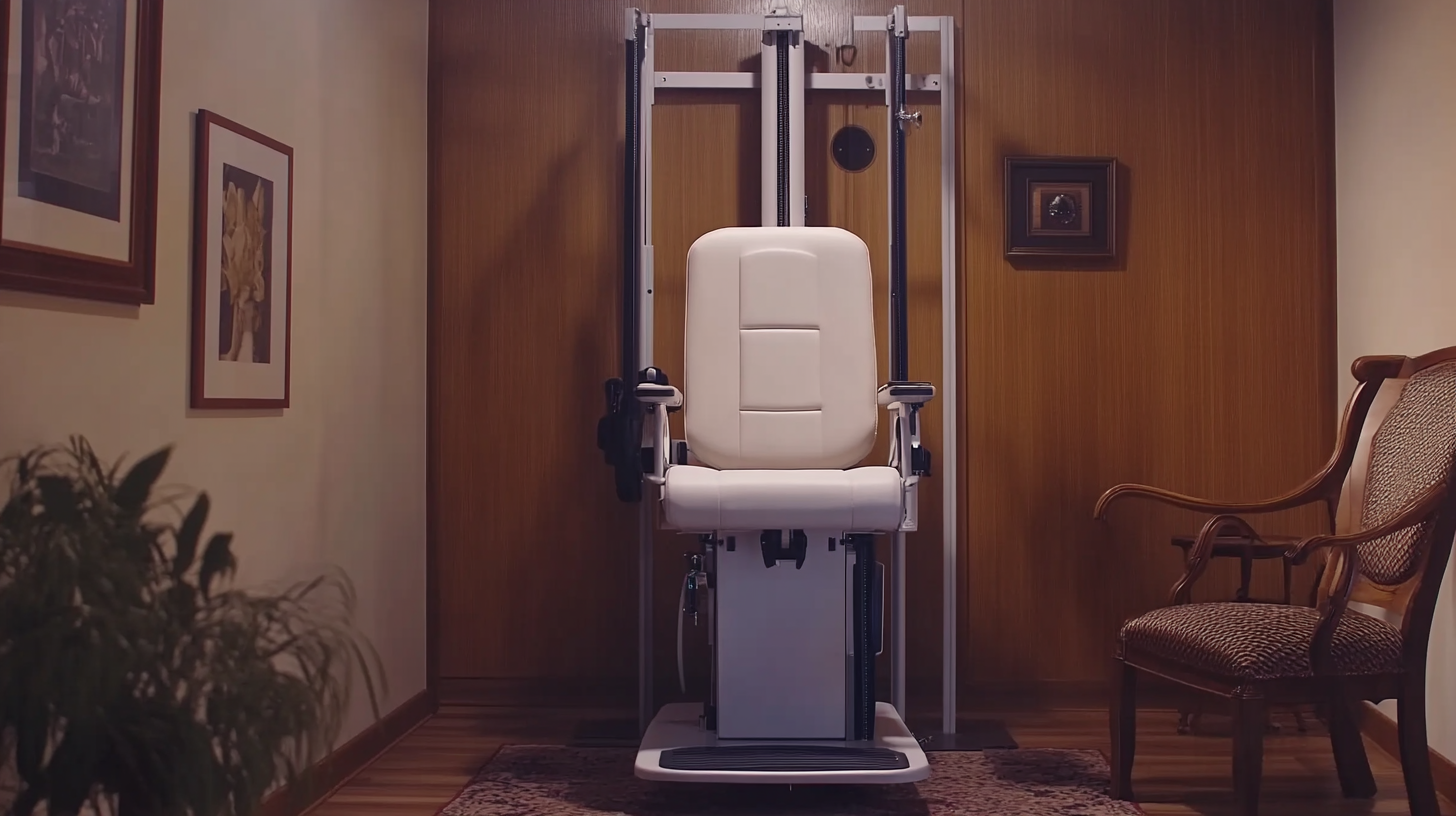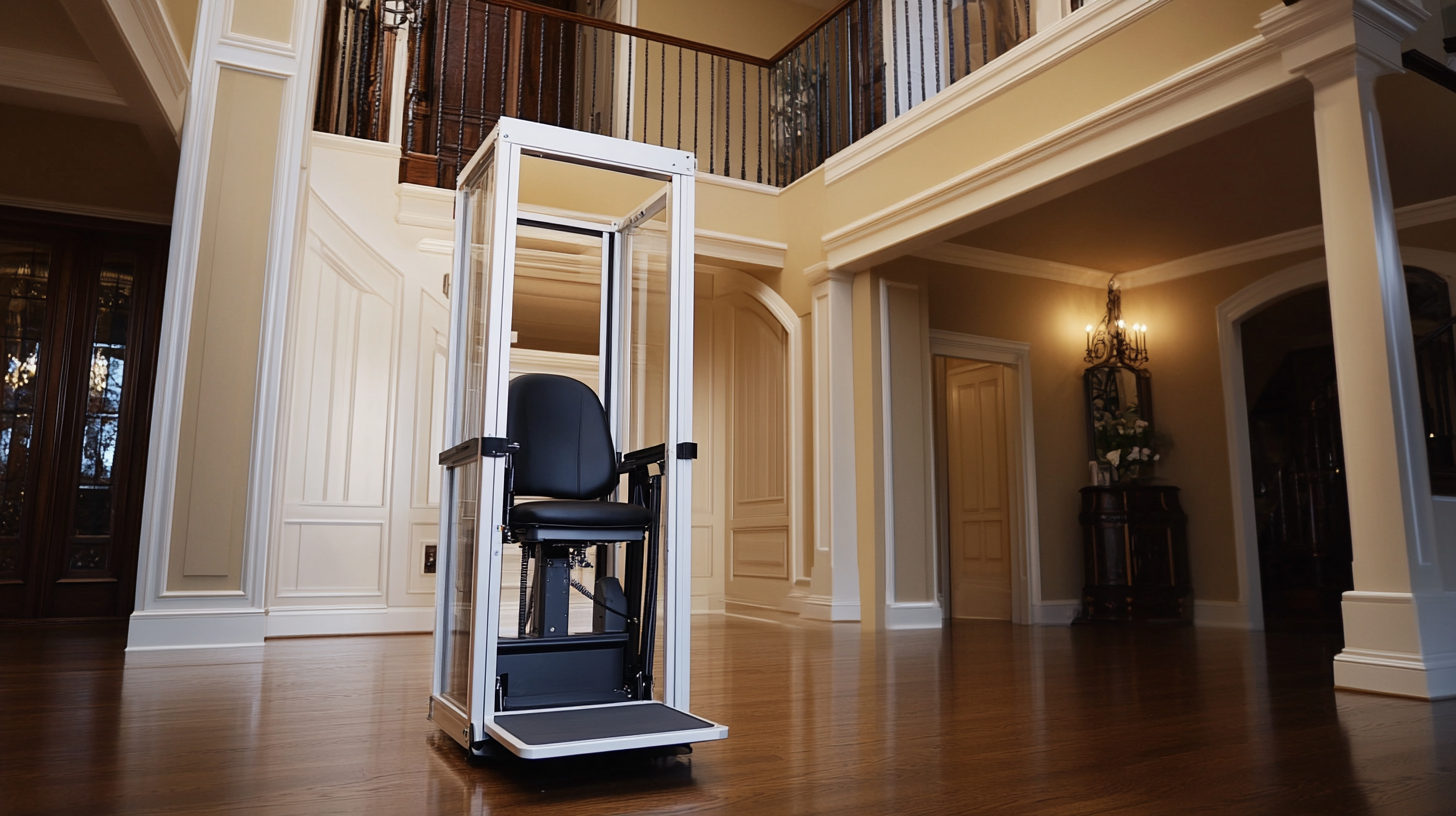How to Choose the Best Sit to Stand Lift Rental for Your Needs
In recent years, the demand for supportive mobility aids, particularly in the healthcare sector, has surged significantly, with the sit to stand lift rental market projected to grow by over 8% annually. This growth is driven by an increasing elderly population and a rising prevalence of mobility-related health issues. These lifts play a crucial role in enhancing patient independence and improving caregiver safety by minimizing the risk of injury during transfers.
 For individuals and healthcare facilities looking to provide the best care, choosing the right sit to stand lift rental is paramount. With various options available, understanding the specific needs and the features of different models is essential in making an informed decision. This blog will guide you through the key considerations and examples to help you select the most suitable sit to stand lift rental for your unique requirements.
For individuals and healthcare facilities looking to provide the best care, choosing the right sit to stand lift rental is paramount. With various options available, understanding the specific needs and the features of different models is essential in making an informed decision. This blog will guide you through the key considerations and examples to help you select the most suitable sit to stand lift rental for your unique requirements.
Key Factors to Consider When Selecting a Sit to Stand Lift Rental
When selecting a sit-to-stand lift rental, there are several key factors to consider that can significantly impact both safety and convenience. According to a study published by the National Institute for Occupational Safety and Health (NIOSH), improper lifting techniques and inadequate equipment contribute to an estimated 80% of workplace injuries in the healthcare industry. Thus, the right lift not only enhances mobility but also minimizes the risk of injury to both the caregiver and the patient.

One crucial consideration is the weight capacity of the lift. The average weight capacity for sit-to-stand lifts typically ranges from 300 to 600 pounds. It is essential to assess the weight of the user to ensure that the selected lift can accommodate them comfortably and securely. Additionally, evaluating the lift's ease of use is vital. Features such as adjustable height, swiveling seats, and controls that are intuitive can enhance user experience, leading to a more efficient and safe transfer process.
Furthermore, consider the lift's portability and battery life, especially for users needing assistance in multiple locations. With the right information and thoughtful selection, you can ensure that the lift meets both the user's and caregiver's needs effectively.
Understanding Different Types of Sit to Stand Lifts Available for Rent
When considering a sit to stand lift rental, it's important to understand the different types available to fit your specific needs. The most common varieties include manual lifts, which require some physical effort from the caregiver to operate, and electric lifts, which provide powered assistance for minimal strain. Additionally, you may encounter different designs, such as those with a broader base for added stability or more compact models for easier transport and storage. Knowing these differences can help you make an informed decision.
Tip: Before renting, assess the space where the lift will be used. If the area is tight, a compact model may be a better choice. Conversely, if you seek maximum stability, opt for a wider base lift, even if it takes up more room.
Another consideration is the comfort and safety features of the lift. Some models come equipped with adjustable footplates and padded support to ensure a secure and comfortable experience for the user. Additionally, look for lifts with locking mechanisms to prevent accidental movement during transfers.
Tip: Test out the lift if possible. Ensure that the user feels comfortable and secure, and that the caregiver can operate it without difficulty. This hands-on experience is invaluable in making the right choice.
Evaluating Weight Capacity and User Safety Features in Lift Rentals
When evaluating a sit to stand lift for rental, the weight capacity is one of the most critical factors to consider. Each lift has a specified weight limit that ensures safe and efficient operation. It's essential to select a lift that comfortably accommodates the user's weight, factoring in any potential changes in weight or additional items like slings. Overloading the lift not only compromises user safety but could also lead to equipment damage. Be sure to verify the manufacturer's specifications and choose a lift that exceeds your needs to provide a margin of safety.
User safety features also play a vital role in the selection of a sit to stand lift. Look for lifts equipped with anti-tip bases and secure harness systems designed to prevent falls during use. A lift with adjustable height settings can further enhance user safety by allowing caregivers to intuitively position the lift for optimal support. Additionally, consider models that offer easy-to-use controls, ensuring that both users and caregivers can operate the lift with confidence. Prioritizing these safety features will help create a secure environment, facilitating a smoother transition for those requiring assistance.
Assessing Rental Costs: Budgeting for Your Sit to Stand Lift Needs
When considering a sit to stand lift rental, it's crucial to assess your budget effectively, especially in a climate where living costs are on the rise, much like what is happening in high-cost areas such as Summit County. Homeowners in these regions are grappling with soaring HOA fees, which only adds pressure to their already strained finances. Understanding your rental costs is essential to avoid becoming another statistic in the cycle of financial struggle.
Start by evaluating your specific needs for the sit to stand lift. Consider how often you will use it, the duration of the rental, and any additional features that might increase the costs. It's important to obtain quotes from multiple rental companies to compare prices, ensuring you don’t overspend. Additionally, factor in potential hidden fees that could impact your overall budget, such as delivery and setup charges. By being diligent in budgeting for your sit to stand lift, you can secure the best option for your needs without compromising your financial stability.

Importance of Professional Consultation in Choosing the Right Lift Rental
When selecting a sit to stand lift rental, consulting with professionals is crucial to ensure that you find the right lift for your specific needs. These experts can assess your unique situation, considering factors such as the user's weight, height, and mobility limitations, which will greatly influence the type of lift required. Furthermore, professional guidance can provide insights into the features of different models, helping you to select a lift that not only meets safety standards but also aligns with the user’s comfort.
**Tips for Choosing the Right Lift Rental:**
- **Consult with Healthcare Providers:** Before making a rental decision, seek advice from physical therapists or occupational therapists who can offer recommendations based on the individual’s medical condition and mobility needs.
- **Consider the Environment:** Evaluate where the lift will be used. Ensure that the space is suitable for the required lift, avoiding areas with limited space or obstacles that could complicate the lifting process.
- **Test the Equipment:** If possible, try out a few different models before committing to a rental. This allows you to assess not only the size and portability but also the ease of use, ensuring it meets the user’s comfort and safety requirements.
